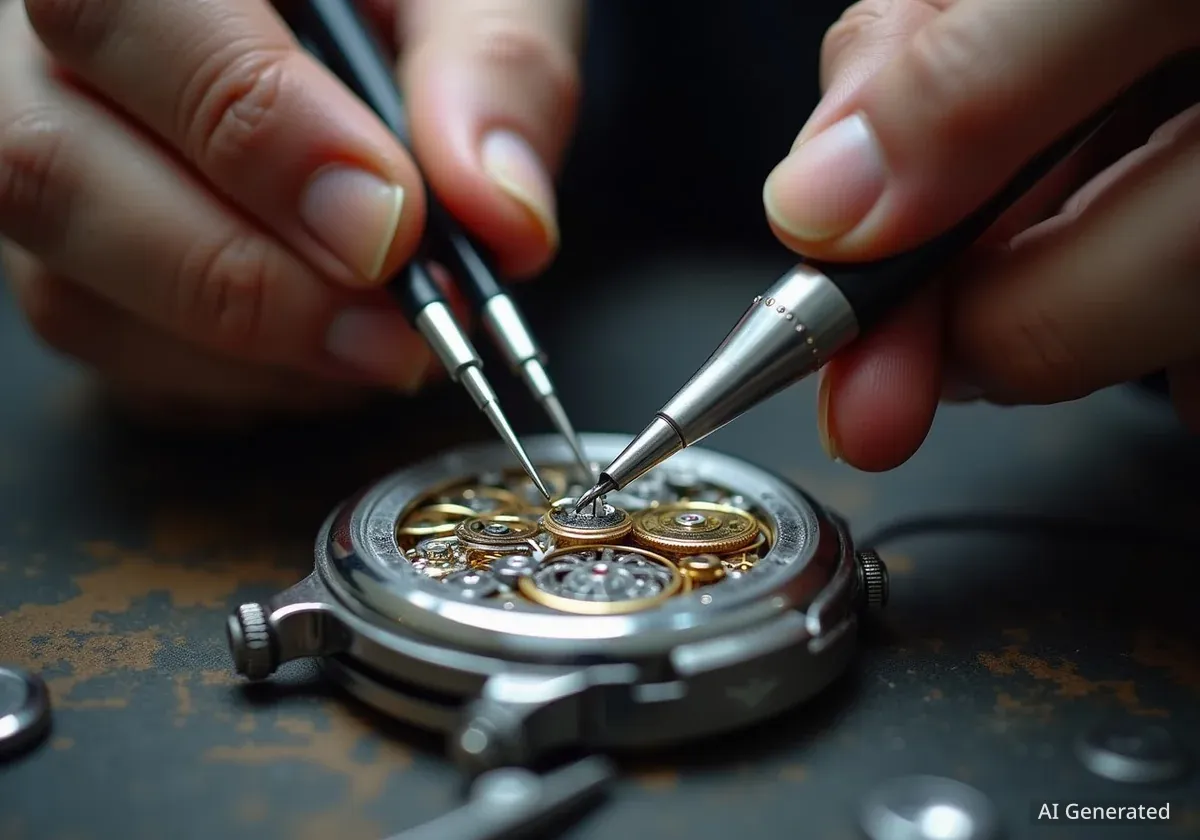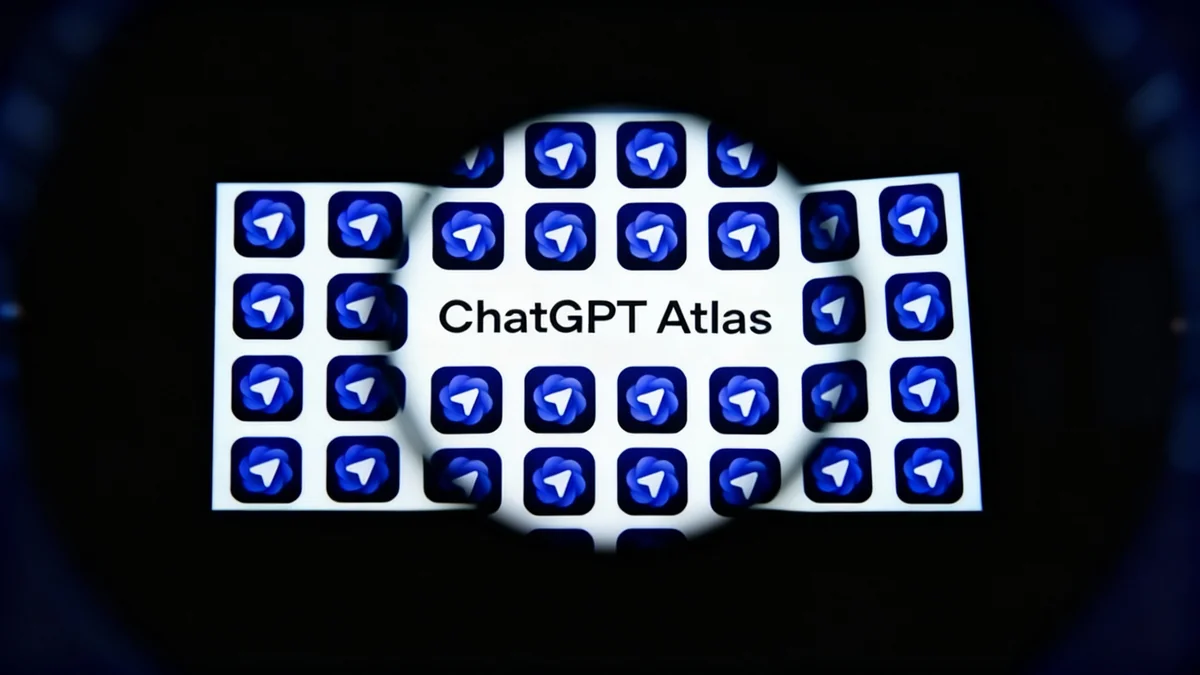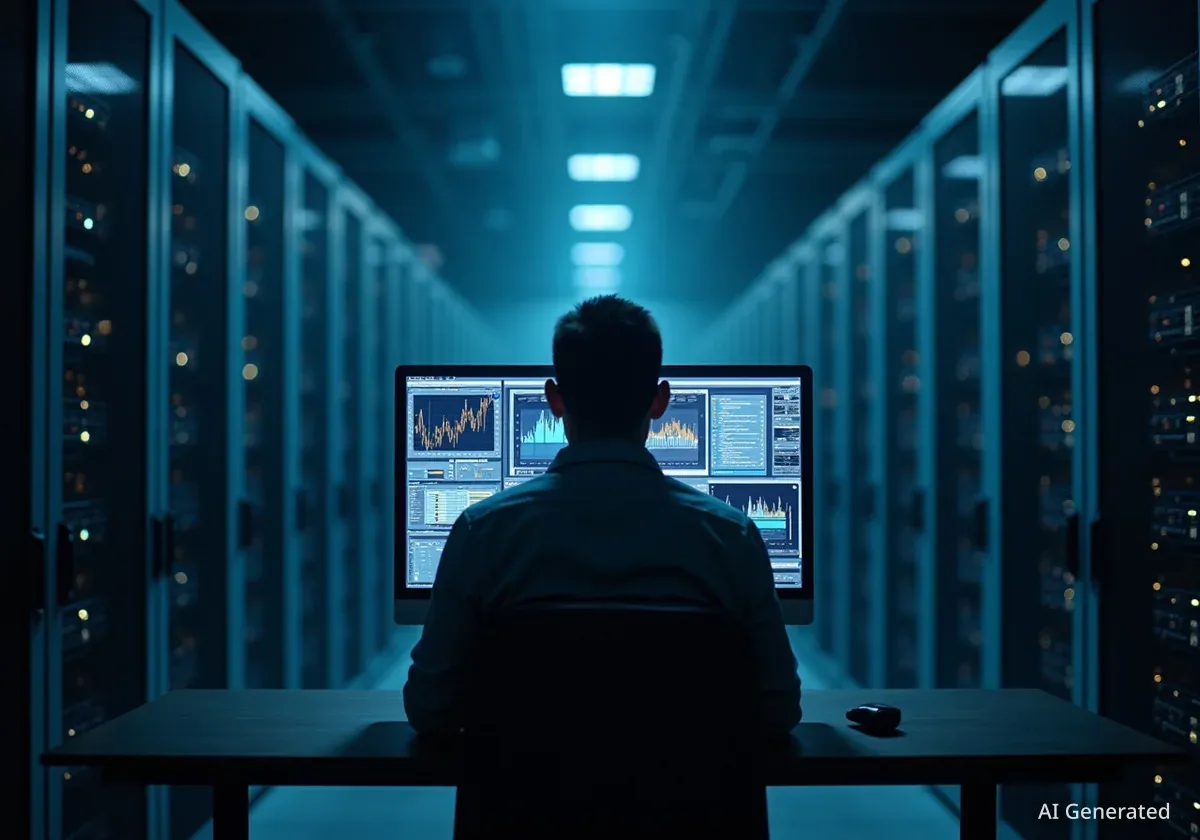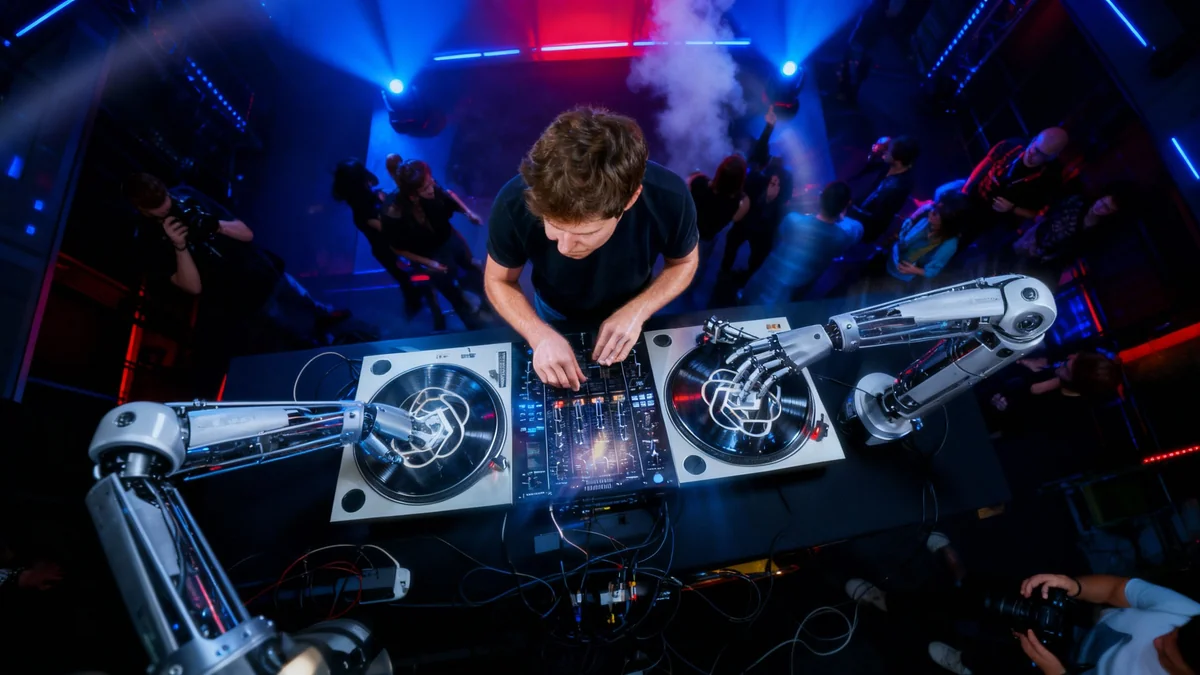Artificial intelligence can generate content, analyze data, and perform complex tasks at an incredible speed. Yet, for many high-stakes professions, it remains a tool used with caution. The reason lies in a concept that can be understood not by looking at code, but by examining the world of luxury watchmaking.
The comparison reveals a critical challenge for AI development: the problem of the last 10 percent. While AI can achieve impressive results quickly, it struggles to deliver the final layer of precision, reliability, and trust required for mission-critical applications.
Key Takeaways
- AI, like mass-market manufacturing, excels at producing 'good enough' results at a low cost but often falls short of perfect quality.
- The luxury watch industry provides a powerful analogy for AI's limitations, particularly the difference between 90% quality and 100% perfection.
- Rolex's vertically integrated manufacturing process, which controls everything from raw steel to final assembly, illustrates the effort required to close the final quality gap.
- This 'last 10 percent' problem makes current AI models unsuitable for high-trust professions where errors have significant consequences, such as journalism, law, or medicine.
The 90 Percent Benchmark in Modern Manufacturing
In recent years, the global supply chain has democratized quality. Once, obtaining high-grade machined components, such as those for watches, required sourcing directly from Swiss manufacturers who held the specialized knowledge and technology.
That landscape has changed dramatically. Expertise and advanced machinery have expanded into Asia, enabling manufacturers there to produce components of remarkable quality. For example, a watch made with Chinese-manufactured parts can offer fit and finish comparable to a Swiss-branded timepiece that costs more than double.
These manufacturers have mastered the art of achieving approximately 90% of the quality of top-tier Swiss makers, but at a fraction of the cost. This level of quality is more than sufficient for a vast majority of products and consumers.
The 'Swiss Made' Standard
Even watches that carry the coveted "Swiss Made" label often incorporate components manufactured in Asia. The regulations require a certain percentage of the value and key manufacturing steps to occur in Switzerland, but the global supply chain is an integral part of the modern watch industry, even for established brands.
Closing the Final 10 Percent Gap
The true challenge, and where the analogy to AI becomes clear, lies in that final 10 percent. Bridging the gap between 'very good' and 'nearly perfect' requires an exponential increase in resources, control, and investment. This is where a company like Rolex offers a compelling case study.
Rolex is known not necessarily for making the most ornate or complex watches, but for its unbelievable consistency and quality control at a massive scale.
Production at Scale
While a high-end artisan brand like A. Lange & Söhne produces around 5,000 watches per year, Rolex manufactures approximately one million watches annually. Maintaining exceptional quality control across such a high volume is an industrial marvel.
The Rolex Method: Total Vertical Integration
How does Rolex achieve this? The answer is through almost complete vertical integration. The company doesn't just assemble its watches in Switzerland; it controls nearly every aspect of the production process. This includes:
- Manufacturing its own raw materials, including the steel for its watch cases.
- Designing and building the proprietary machinery used to make watch components.
- Operating its own foundries and laboratories to ensure material integrity.
This exhaustive control over the entire supply chain is what allows Rolex to close that final 10 percent quality gap. It is an expensive and complex system that no other manufacturer can replicate at that scale. The price of a Rolex reflects not just the watch itself, but the immense industrial infrastructure required to guarantee its quality.
Artificial Intelligence and the Trust Deficit
This brings us back to artificial intelligence. Current AI models are like the highly efficient Asian component manufacturers. They can produce good, even great, output at an incredibly low cost in terms of human time and effort. For tasks with a high tolerance for error, AI is a revolutionary tool.
It can draft emails, summarize documents, generate marketing copy, and write basic code. In these areas, achieving 90% accuracy is often sufficient. A human can then easily review and correct the output, saving significant time.
The fundamental issue is that AI, in its current form, is a tool optimized for volume and speed, not for absolute certainty. It operates on probabilities, not facts, which makes it inherently unsuited for roles where trust and accuracy are non-negotiable.
Why the Last 10 Percent Matters
The problem arises in professions where the last 10 percent is everything. In journalism, a factual error can destroy credibility. In medicine, a diagnostic mistake can be life-threatening. In law, a misinterpreted clause can have severe legal consequences.
These fields require a level of accountability and trust that AI cannot provide. Just as no one can replicate Rolex's quality at scale without its integrated system, AI cannot achieve that final 10 percent of reliability without a fundamental shift in its architecture. It lacks the 'vertically integrated' system of human experience, ethical judgment, and real-world understanding.
Until AI can guarantee that final, crucial 10 percent, its role in high-trust professions will remain that of an assistant, not an autonomous professional. It is a powerful tool for the 90%, but the most critical tasks will continue to demand the irreplaceable quality of human judgment.





